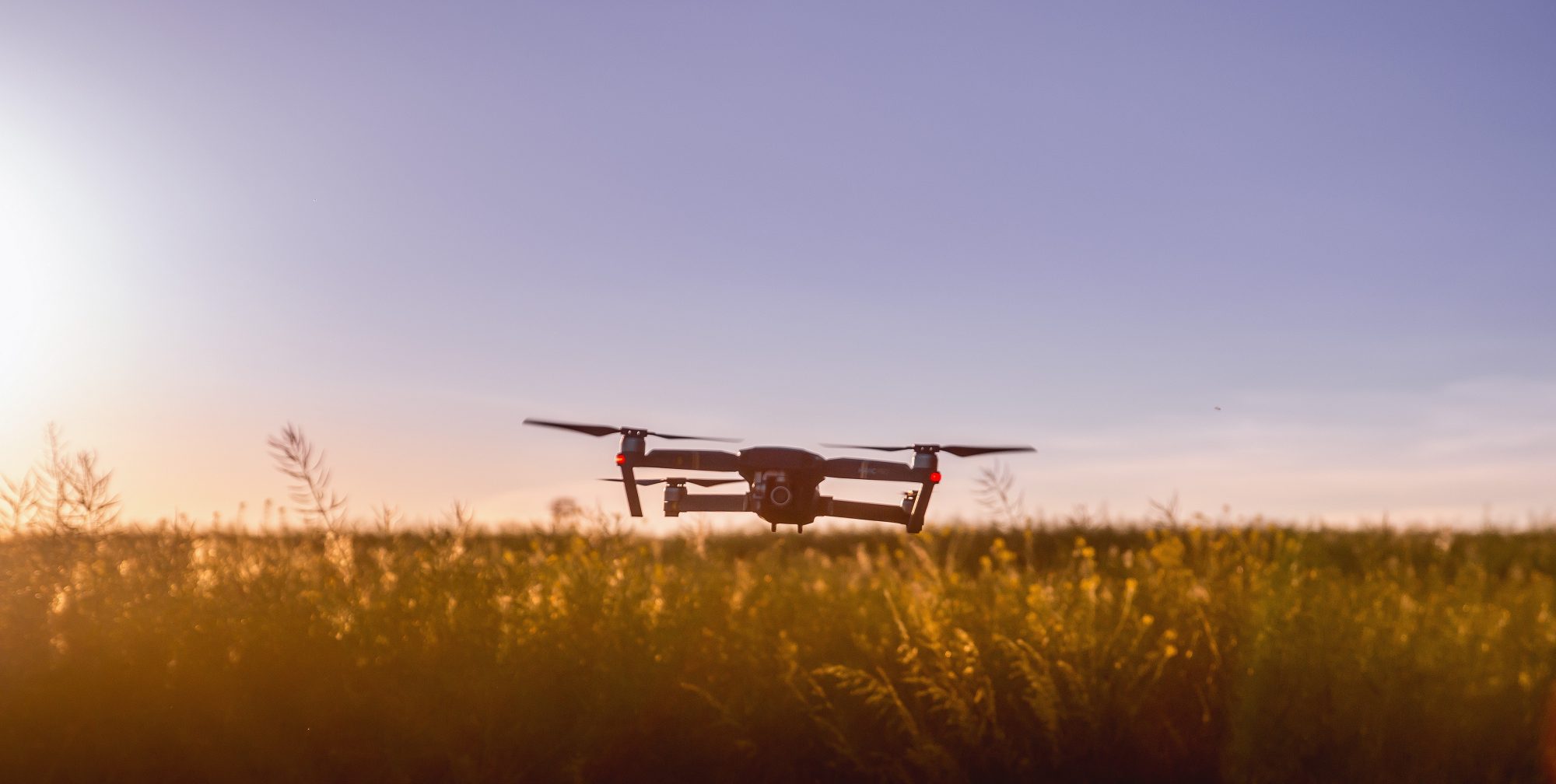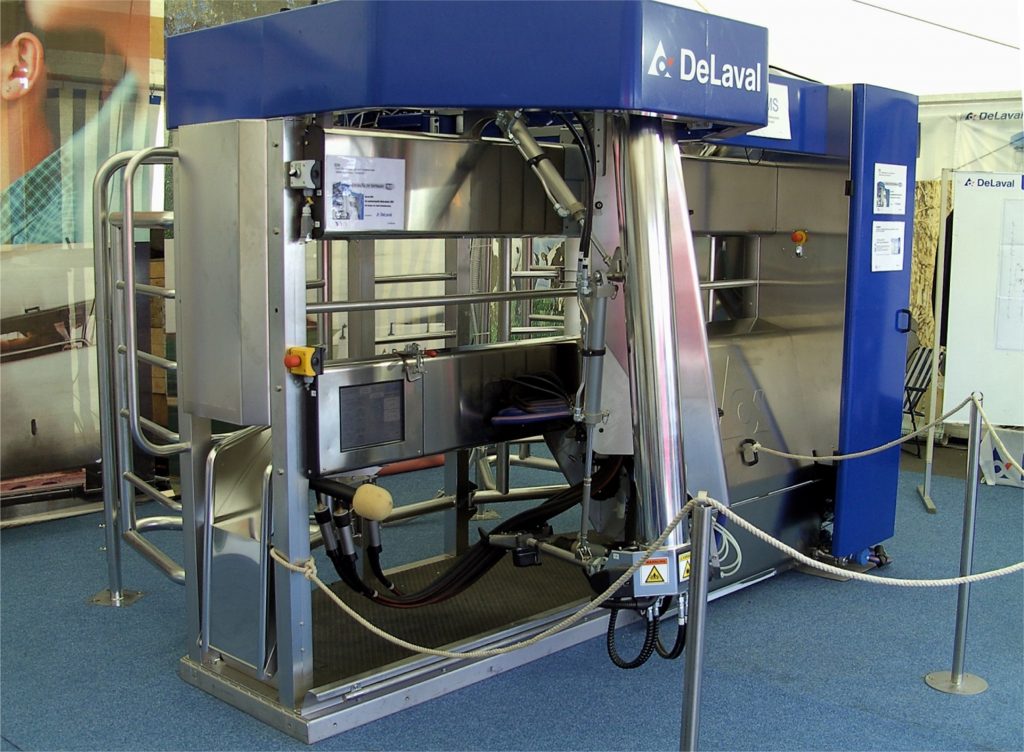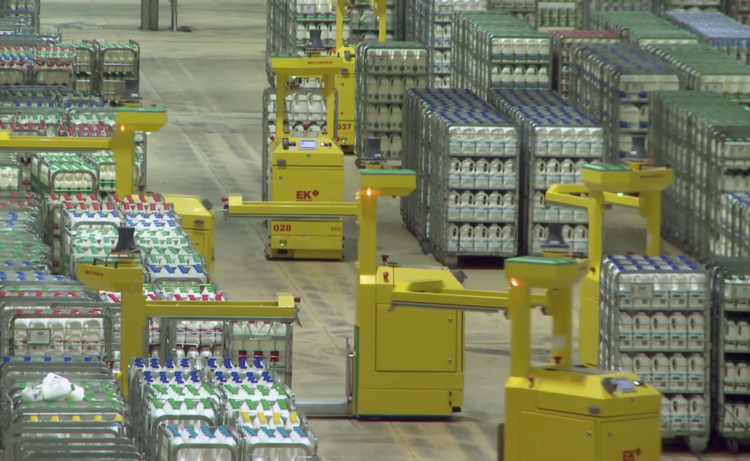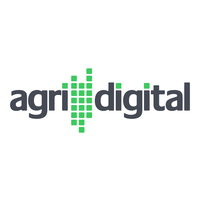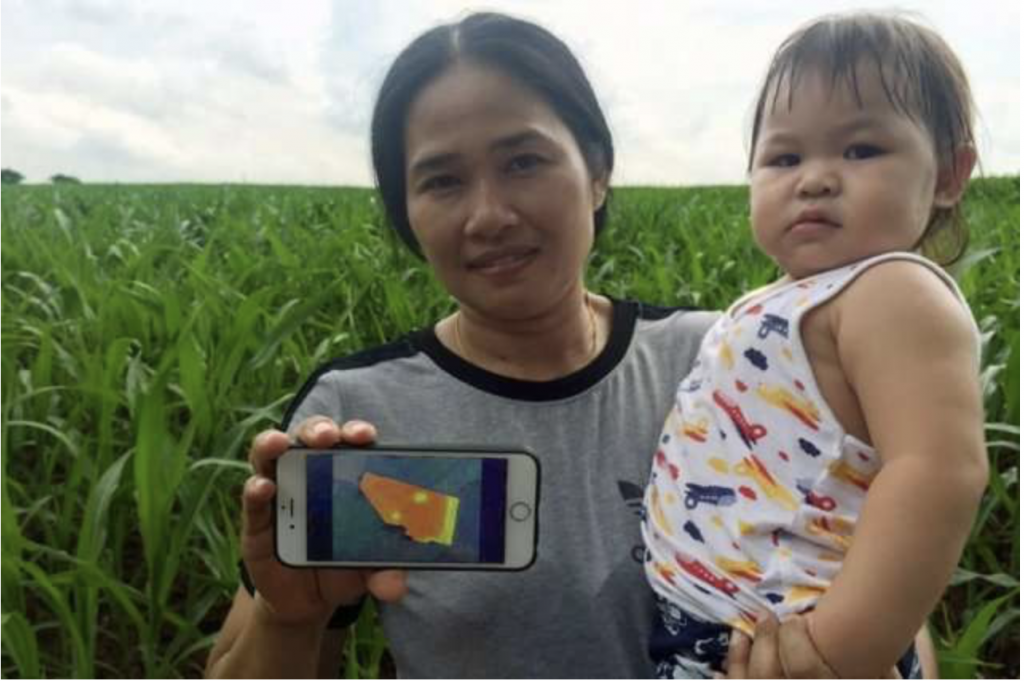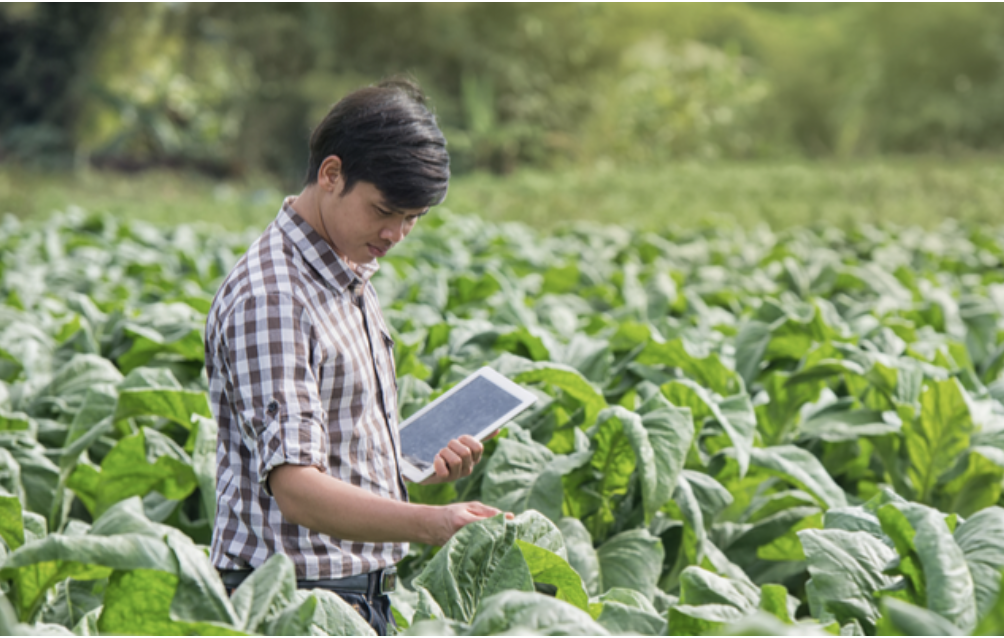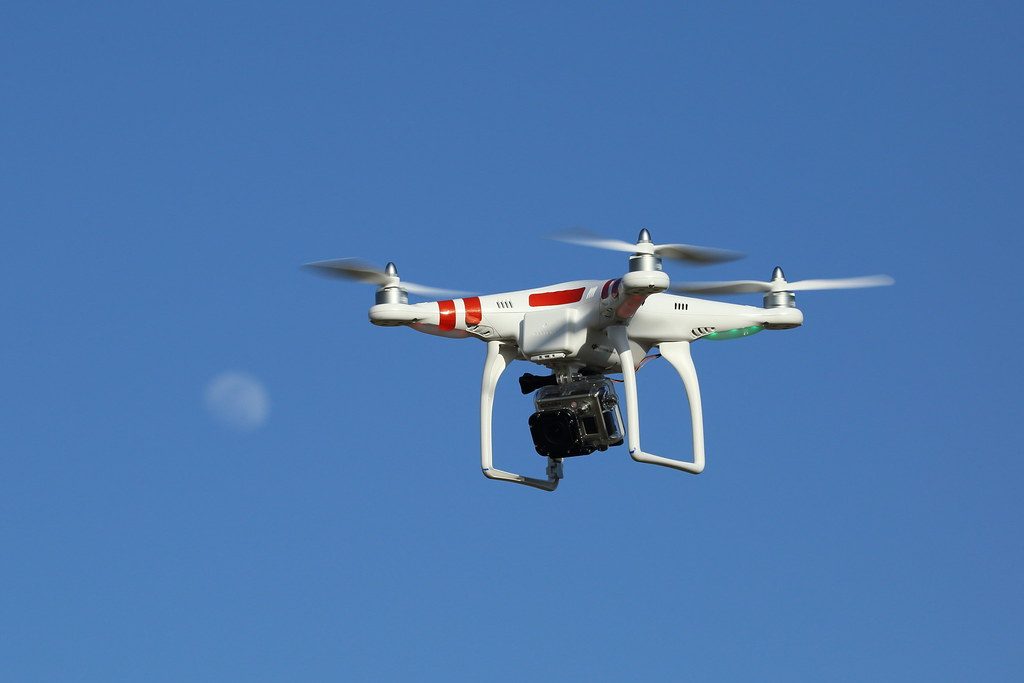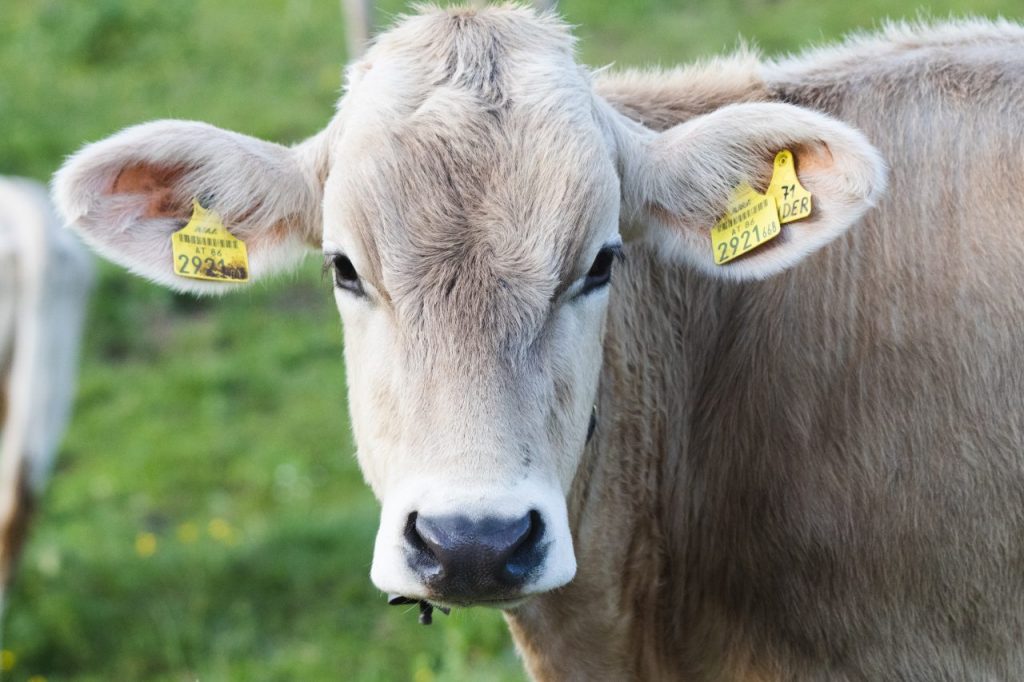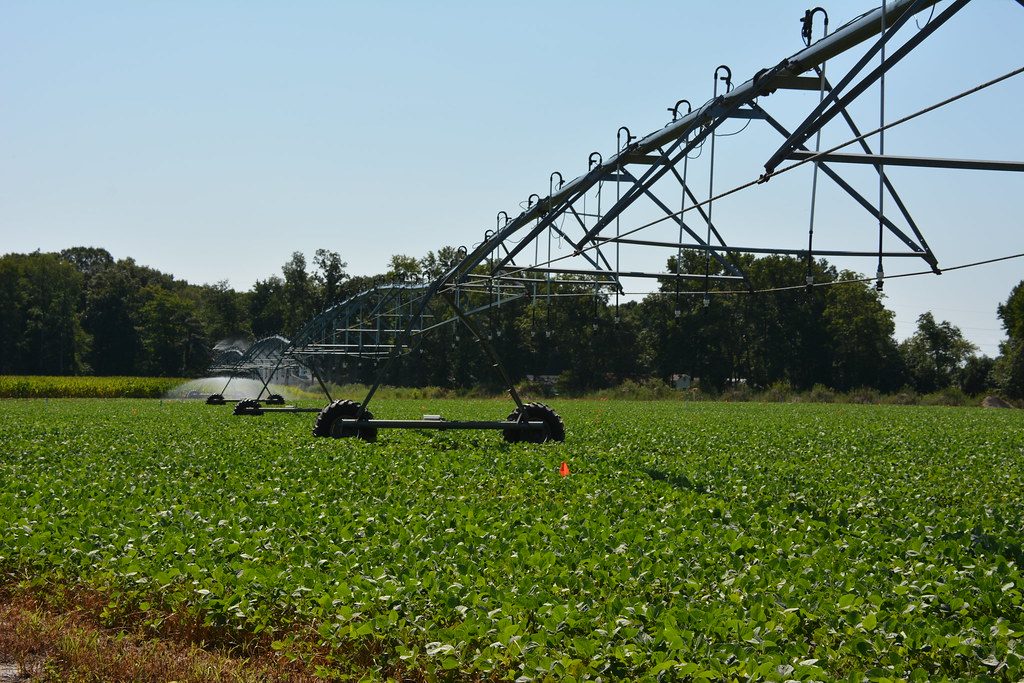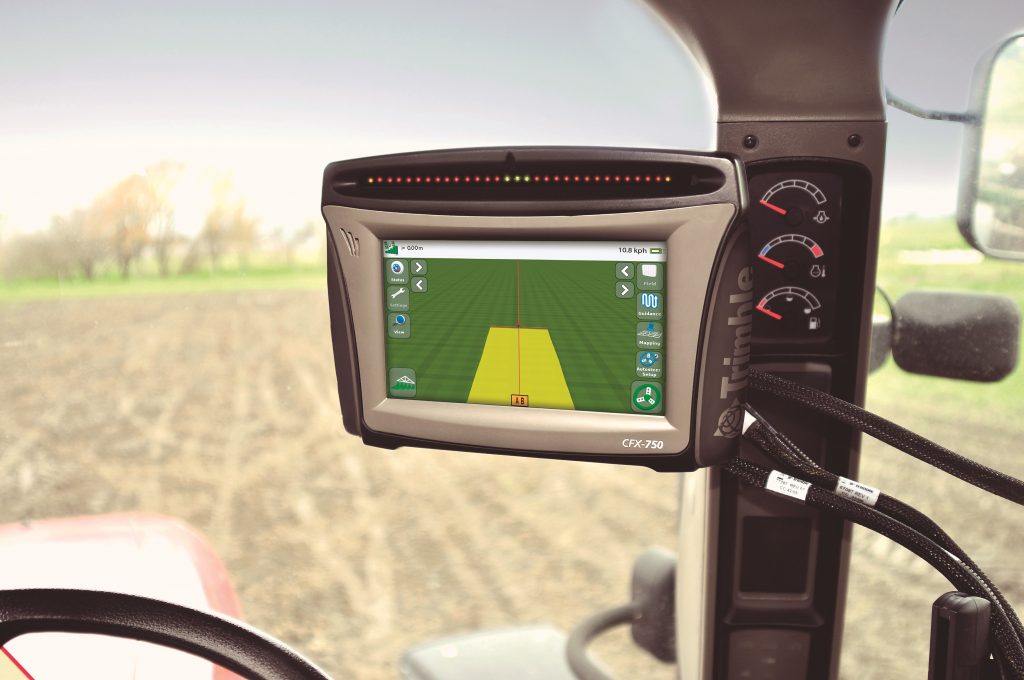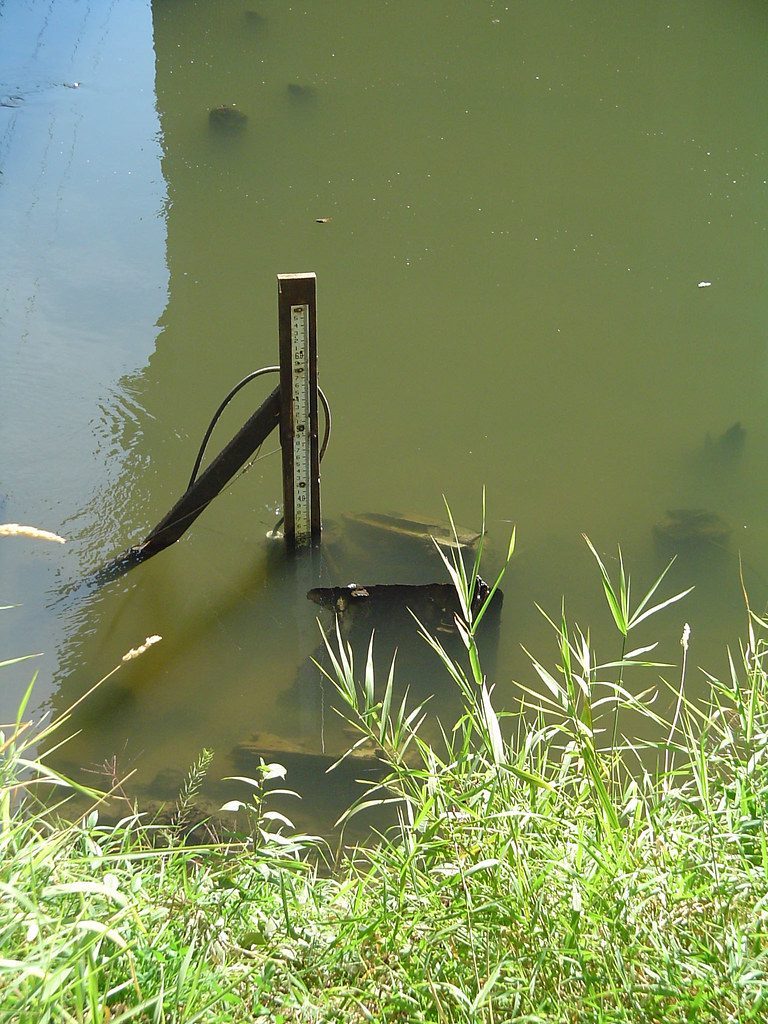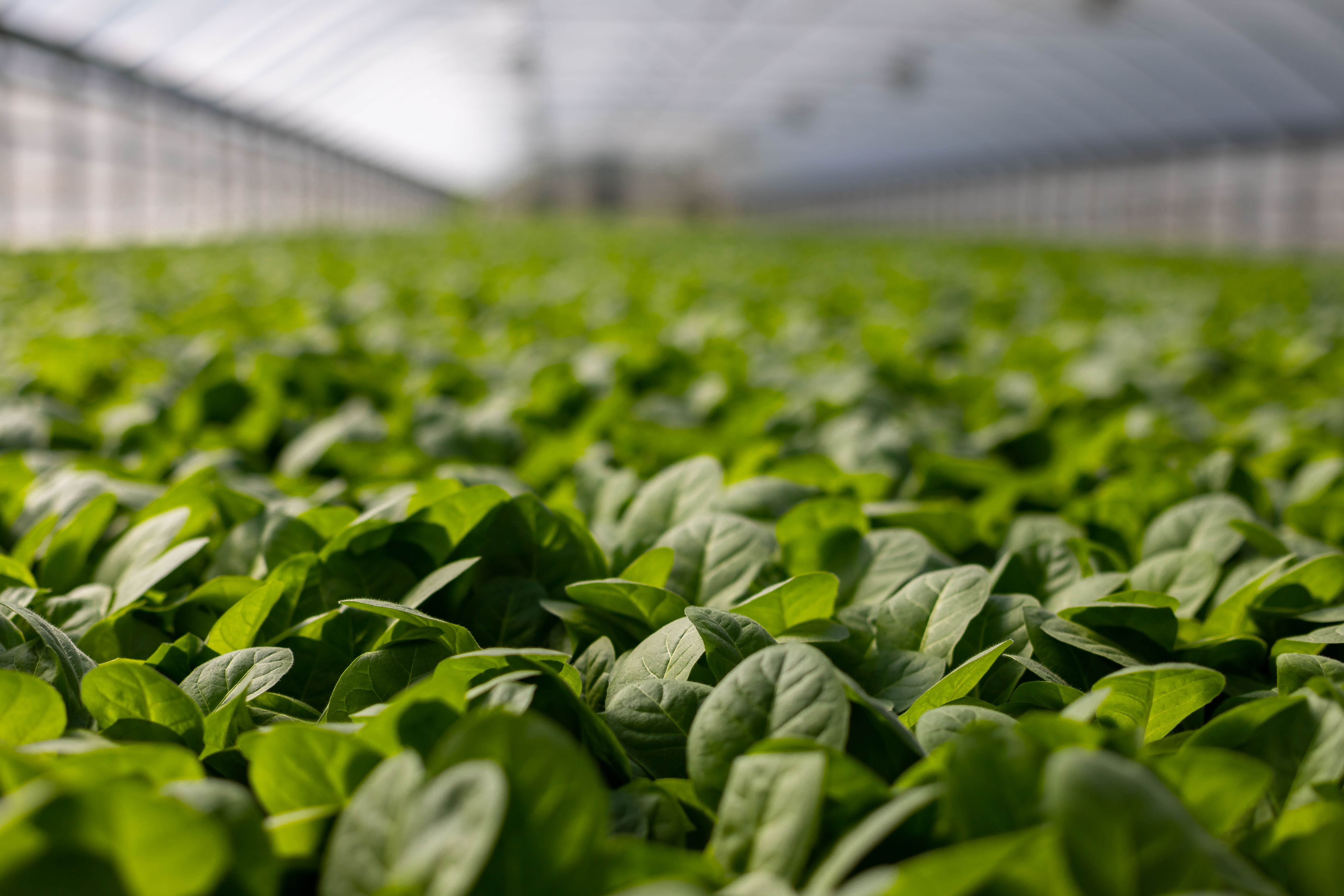
Digital Agriculture refers to tools that collect, store, analyze, and share electronic data and/or information along the agricultural value chain.
What is Digital Agriculture and why does it matter?
With 570 million farmers, 7.5 billion consumers, and millions of formal and informal enterprises operating in between, the agri-food system is large, complex, and inefficient. Since the dawn of agriculture, technological advances
As we enter the era of the Digital Agriculture Revolution, it is time to examine how to harness digital technologies to improve the agri-food system. Unlike the previous agricultural revolutions, the impact of digital technologies reaches far beyond on-farm production. From input procurement to food retail, activities across agricultural value chains can be transformed by digital technologies. Unlike other technologies, digital technologies can drastically reduce the cost of information storage and sharing and thereby mitigate market failures such as imperfect competition, environmental externalities, information asymmetries, and high transaction costs. On the other hand, digital technologies also have the potential of exacerbating existing inequality and generating new concerns over data privacy and security. Therefore, the public sector must understand the digital disruption of agriculture and work to leverage its benefits and avoid its drawbacks.
How will digital agriculture impact the agri-food system?
Through reducing transaction costs and mitigating market failures, digital agriculture has the potential to improve efficiency, equity, and environmental sustainability within the agri-food system.
- Efficiency: Digital technology changes economic activity by lowering the costs of replicating, transporting, tracking, verifying, and searching for data. Due to these falling costs, digital technology will improve both on-farm production efficiency and off-farm market efficiency.
- On-farm: Precision agriculture technologies can improve input use efficiency and increase yield. Platforms that facilitate machinery sharing can increase the use efficiency of physical capital and increase farmers’ access to mechanization. E-extension increases labor productivity by enhancing knowledge sharing. E-enabled automation further improves labor productivity by reducing labor
requirement s. - Off-farm: As the marginal cost of digitally delivering information approaches zero, digital agriculture technologies can disseminate price information and reduce information asymmetry. Digital platforms can facilitate market matching between producers and consumers, borrowers and lenders, and input providers and farmers, thereby shortening the agriculture value chain. Digital payment systems and distributed ledger technologies can reduce transaction costs in both commercial markets and government services.
- On-farm: Precision agriculture technologies can improve input use efficiency and increase yield. Platforms that facilitate machinery sharing can increase the use efficiency of physical capital and increase farmers’ access to mechanization. E-extension increases labor productivity by enhancing knowledge sharing. E-enabled automation further improves labor productivity by reducing labor
- Equity: Digital technology has the potential to reduce inequalities in access to agricultural information, financial services, and markets. With lower search cost, transaction cost, and verification cost, digital agriculture technologies can improve farmers’ access to credit, finance, and insurance. Technologies such as smart contracts and blockchain further facilitate trust between farmers and financial institutions, allowing for greater financial inclusion. Though digital technologies can facilitate market access and information flow, there’s no guarantee they won’t exacerbate existing inequalities. Should constraints prevent a range of farmers from adopting digital agriculture, it is possible that the benefits will only accrue to the powerful few.
- Environmental sustainability: Improving sustainable use of water, land, and biodiversity resources, while increasing productivity growth, is crucial to ensure sufficient food for a growing global population.
- On-farm: Digital agriculture can help optimize land, water, and input use. Precision agriculture technologies can enable farmers to mitigate resource waste and negative environmental externalities, including greenhouse gas (GHG) emissions, soil erosion, and fertilizer runoff, at the same time, increasing yields.
- Off-farm: D
igital agriculture has the potential to improve environmental monitoring and food system traceability. Traceability systems can reduce food loss and waste along the supply chain.
What are some noteworthy digital agriculture technologies?
- Artificial Intelligence and machine learning: One of the defining characteristics of digital agriculture is the unprecedented amount of data these technologies collect, analyze, and store. Artificial intelligence and machine learning can process these data to generate useful precision agriculture recommendations, agriculture market insights, and consumer demand trends. Questions concerning data openness, ownership, and privacy will require the public sector’s attention.
- Automation and robotics: From automated harvesting and milking systems to automated warehouses, automation has the potential to significantly transform the agri-food system. Automation boosts the productivity of agricultural machinery by improving efficiency, reliability, and precision, at the same time reducing the need for human intervention. While developments in automation and robotics have the potential to bring about many benefits, their regulation is crucial to minimize the risks of these technologies exacerbating inequality and causing job displacement.
- Distributed Ledger Technologies (DLT): a DLT is a decentralized system for recording transactions with mechanisms for processing, validating, and authorizing transactions that are then recorded on an immutable ledger. The most well-known implementation of DLT is blockchain. Blockchain has great potential to build trust, reduce costs and accelerate transactions in the agri-food system. Blockchain can facilitate financial transactions, improve agriculture insurance systems, reform land registration processes, increase transparency in agricultural supply chains, and enhance monitoring efforts.
- Digital Financial Services (DFS): DFS are fundamentally about saving money, accessing credit and insurance, and performing transactions via digital channels—mobile phones, cards, computers, tablets, and so on. DFS offers a way to expand access to the formal financial system, taking advantage of the rapid growth of digital and mobile telephone infrastructure and the advent of branchless banking.
- Digital platforms: Digital platforms allow for efficient collection and dissemination of information, matching of supply and demand markets, as well as the streamlining of market activities. In agriculture, digital platforms can be used to provide information on inputs, labor, prices, and markets. They help facilitate agricultural knowledge sharing, conduct e-commerce activities, deliver e-extension services, and match lenders with borrowers.
- Precision Agriculture Technologies: Precision agriculture technologies monitor and optimize agricultural production processes. Application of precision agriculture technologies can lower production costs, increase farming profitability, and reduce environmental impacts. There are three major categories of precision agriculture technologies:
- Locational guidance and tracking technologies: auto-steering, machine guidance, driver assistance, RFID, etc.
- Recording technologies: remote and in situ sensors, monitors, and mapping systems
- Reacting technologies: variable-rate input technologies for irrigation, weeding, applications of seeds, fertilizers, pesticides, etc.
